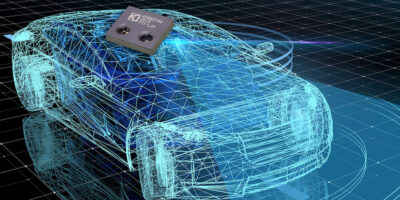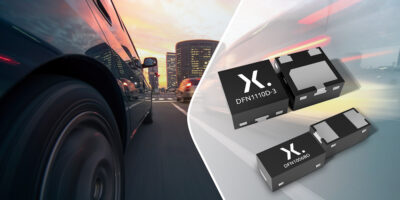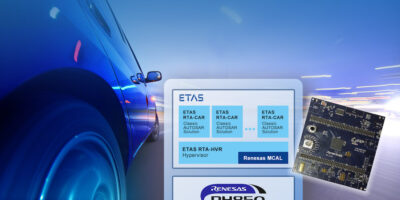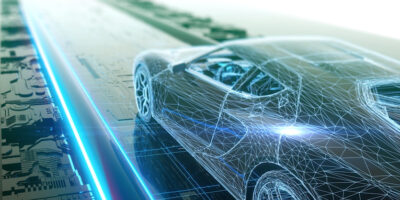Renesas has integrated KDPOF’s KD1053 PHY IC and KD9351 fibre optic transceiver (FOT) into the automotive vehicle computer VC4, communication gateway engine control unit (ECU). The VC4 integrates an optical Ethernet interface into our automotive evaluation boards. The 1000BASE-RH transceiver KD1053 and KD9351 FOT is certified to IEEE 802.3bv.
In order to meet the increasing complexity and computation demands of the next generation vehicles, the VC4 communication gateway ECU is intended to be a universal development platform for automotive customers based on the R-Car-S4 SoC.
Optical connectivity solves the challenges posed by electrical interference in vehicles, says KDPOF, thanks to the low weight, low cost and electromagnetic compatibility due to inherent galvanic isolation. “With the integrated KD9351 FOT in combination with the KD1053 PHY IC, we deliver a complete automotive 1000BASE-RHC physical layer,” said Carlos Pardo, CEO and co-founder of KDPOF.
Applications include safe Ethernet backbones, smart antenna modules, and sensor connections for advanced driving assistance system (ADAS) and audio/video.
The KD9351 optical transceiver incorporates the transmission and reception optoelectronics – such as transimpedance amplifier, photodiode, LED driver, and LED – into one single component. The KD9351 optical transceiver operates at 100Mbits per second up to 1Gbits per second. In addition to a small footprint, it benefits from a shorter supply chain and no test duplication with the final test at the Tier 1. The assembly is simplified and the connector offers snap-fit without soldering. The KD9351 reuses low-cost MEMs encapsulation and allows surface mount reflow assembly with 8.0 by 7.0mm LGA components. It is shielded against electromagnetic radiation, added KDPOF. The temperature range, from -40 to +105 degrees C, conforms with harsh automotive environmental requirements.
KDPOF will present latest highlights of the optical in-vehicle network technology at the Automotive Ethernet Congress (01 to 02 June 2022 in Munich, Germany). On 2 June, Carlos Pardo will present “Automotive Optical Ethernet Reaching for 50Gbits per second”.







